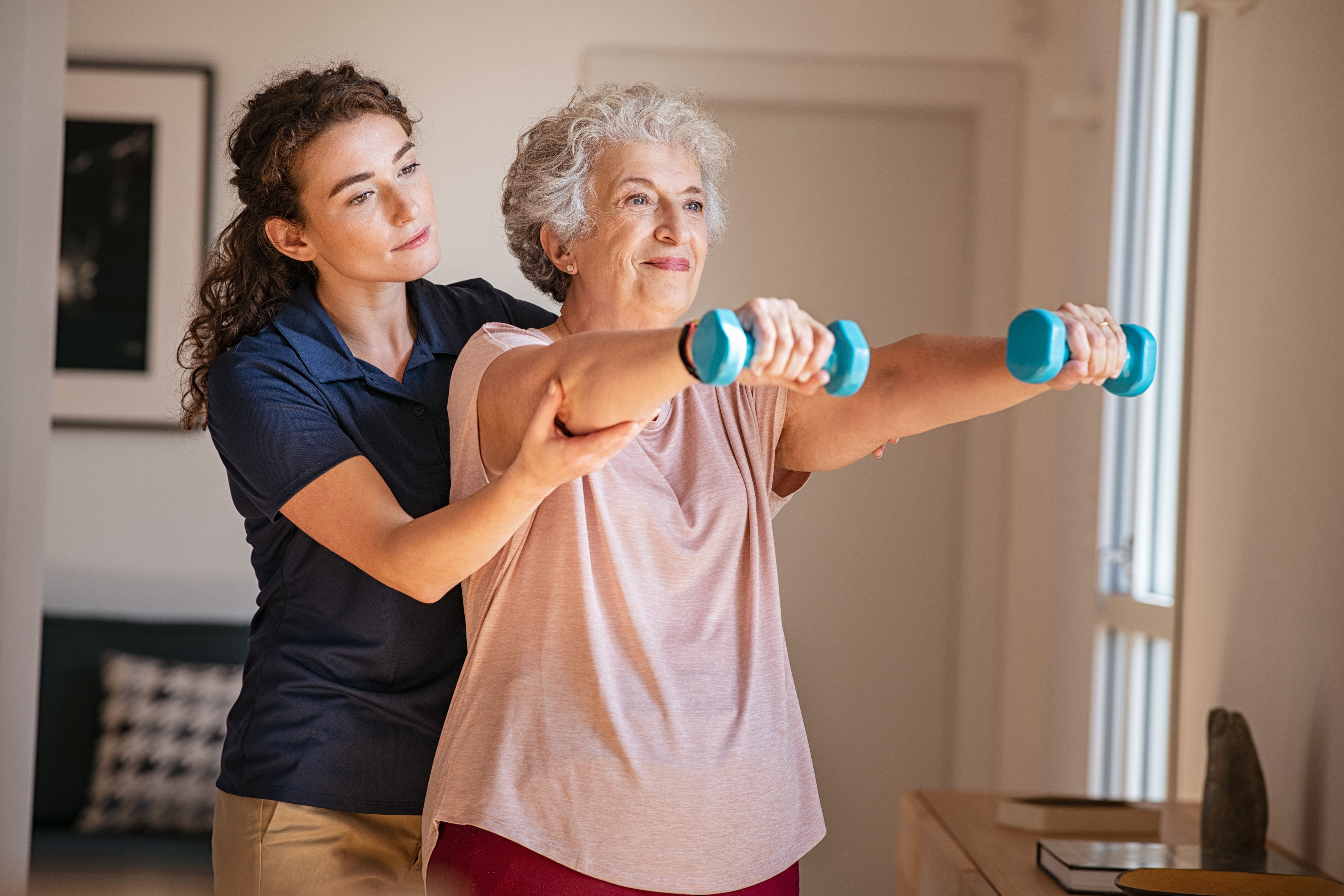Exercising Wellbeing - Activity of the month at Care Home Magazine
)
For an entire range of ages, regular physical activity can enhance overall wellbeing, contributing to a better quality of life by maintaining independence and functional abilities.
Introducing exercise classes, whether they are group or individual, into care homes can greatly benefit residents' physical and mental health.
It is firstly essential to understand the physical abilities, limitations, and interests of the residents. Remember that everyone is different and each individual’s mobility levels, health conditions, and preferences for activities must be considered before the initial introduction.
Ahead of the establishment of regular exercise classes, we recommend seeking advice from healthcare professionals or fitness experts specialising in senior care. These will be the best people to provide guidance on suitable exercises and precautions based on residents' health conditions.
It’s important to develop a structured plan for the exercise classes, to ensure residents are kept engaged and look forward to the activity. These plans should include the type of exercises which will be implemented, frequency, duration, and suitable timings. Ensure variety in the exercises to cater to different abilities and interests.
Although there may be someone in-house that volunteers to carry out the classes, we recommend hiring certified fitness trainers or instructors experienced in working with seniors. They should have knowledge of modified exercises for varying abilities and the patience to work with older adults, in addition to this it will help add variation to the residents’ days, allowing them to meet and interact with someone new.
Depending on the exercises planned, you must acquire appropriate exercise equipment such as resistance bands, lightweight dumbbells, yoga mats, chairs for seated exercises, etc. ahead of the schedules classes.
In order to carry out the regular exercise classes, it’s important a specific area in the care home is designated; one that is spacious, well-lit, and safe for conducting exercise sessions. Ensure the area is easily accessible for all residents.
To spark interest amongst residents, try creating flyers, posters, or share announcements to inform residents about the upcoming exercise classes and be sure to highlight the benefits to encourage participation.
When introducing the classes, begin with simple and low-impact exercises, gradually increasing intensity based on residents' progress and comfort levels. Look to incorporate different types of exercises such as stretching, chair yoga, light aerobics, balance training, and seated strength exercises to keep sessions engaging for residents and remember to emphasise the social aspect of the classes to create a supportive and enjoyable atmosphere. Encourage residents to interact and support each other during sessions to ensure they return time and time again.
Keep an eye on residents' progress, assess and then regularly feedback – this will help the residents feel a sense of purpose, and more than likely get excited for the following week. Adapt the exercise routines based on the feedback you’re giving, their needs, preferences, and any physical limitations which have been identified in previous classes.
As well as asking the class leader to feedback to the members of the group, you should encourage the residents to provide feedback on the classes regularly, too. You can then use their input to improve and tailor future sessions.
Keep records of residents' participation, progress, and any notable improvements in their physical health or mood as a result of the exercise classes. Also, cross-reference whether there has been a dip in attendance and look to figure out if there are external factors contributing to it.
It’s also important to acknowledge and celebrate milestones or achievements of the residents within the class to motivate continued participation.
By following these steps and maintaining a supportive and inclusive environment, introducing exercise classes can significantly enhance the wellbeing and quality of life for residents in care homes.
Read more stories at www.carehomemagazine.co.uk



